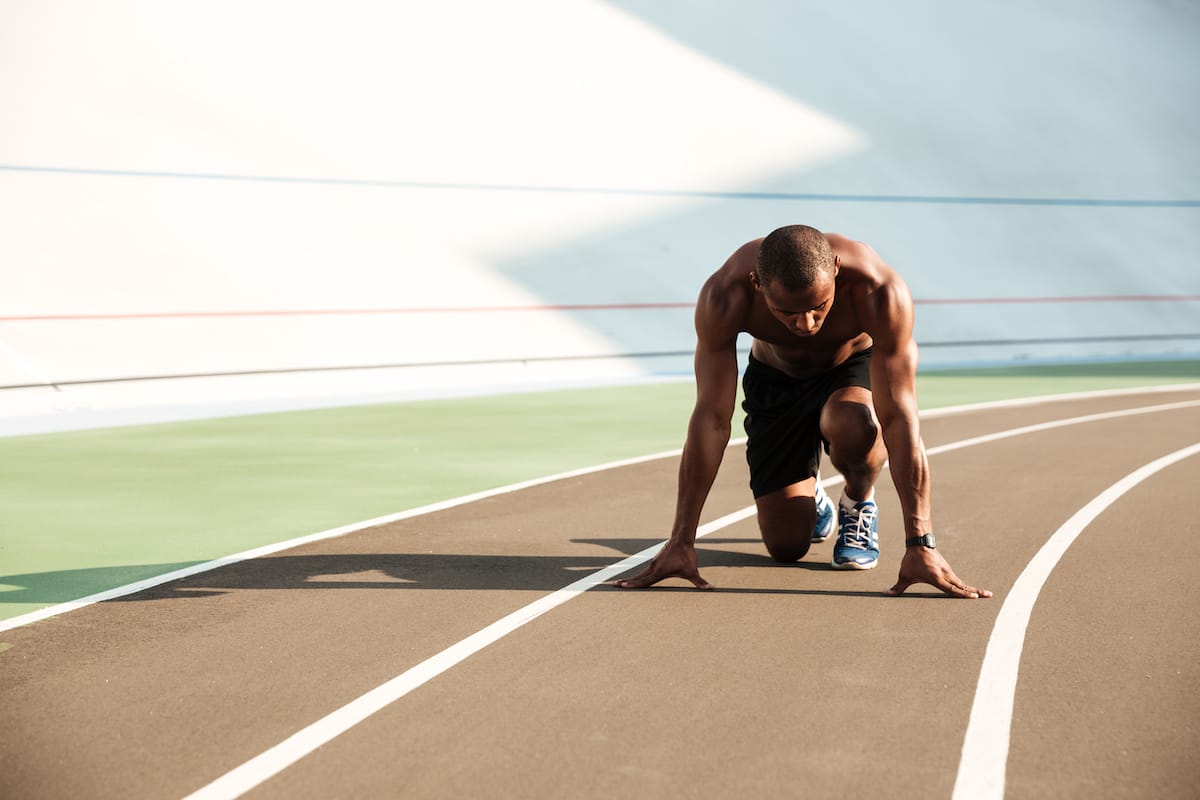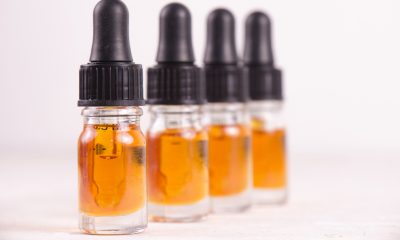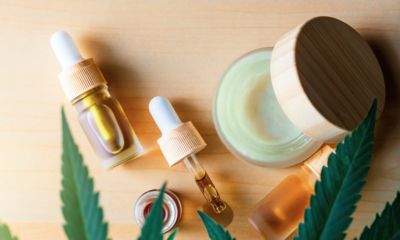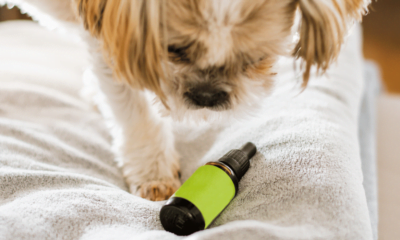As CBD becomes increasingly popular among athletes, Scott Mazza, COO and co-founder of Vitality CBD, shares some tips for using it safely in sport.
CBD is taking the fitness world by storm. With evidence showing the compound helps to reduce inflammation, improve recovery and promote focus and energy, CBD is increasingly common in pre- and post-gym routines. In fact, the National Football League (NFL) donated more than $1M to research the effects of cannabinoids on pain management.
However, there’s a caveat. Only 7% of CBD producers currently test for purity and potency. Worse, some final products contain pesticides and heavy metals. Therefore, before this emerging trend hits the fitness mainstream, users must recognise the dark side of this industry and select supplements accordingly.
What the science says
There is a good reason this compound is finding popularity in the gym. For example, pre-clinical studies suggest that CBD may help to promote joint repair, which can enhance mobility and reduce the risk of injury. Improved mobility can also lead to better exercise performance and ultimately better results.
In addition, CBD may also improve blood flow, which can increase oxygen supply and waste removal. This can reduce blood pressure, lower stress levels and improve mental clarity. For gym-goers, these benefits can help with focus and concentration during training sessions or competitions, potentially leading to improved performance.
Further, CBD shows post-workout promise. Salves, for example, are effective in lowering pain and inflammation in specific areas such as joints or muscles, making them useful for reducing delayed onset muscle soreness (DOMS). This can help athletes recover faster and get back to training sooner. CBD is also thought to support better sleep, another crucial component for muscle repair.
The dark side of CBD
But not all that glitters is gold in CBD. In the US, the compound exists in a regulatory grey area, meaning it is legal but not overseen by the Food and Drug Administration (FDA). As a result, producers are not often held to specific standards, giving rise to low-quality products.
Unfortunately, there are issues across the board. In a study by Leafly, nearly half of the tested brands delivered an incorrect amount of CBD as advertised on the label. Additionally, some CBD products labelled as hemp in another study were found to be high-THC cannabis products. For gym goers, using this product could be disorienting and even dangerous.
Perhaps even more concerning are the levels of pesticides and heavy metals in some products. In the second study, more than 40% of the products exceeded legal limits for these contaminants. This raises serious concerns about the safety and efficacy of CBD products and highlights the importance of choosing high-quality, reputable brands.
What athletes must do
This is not to say stop using CBD in the gym. After all, the compound’s anti-inflammatory properties can make a big difference before and after exercise. Meanwhile, its ability to promote better sleep and aid recovery are key post-workout. Rather, users should protect themselves by preferencing producers doing the right thing.
Here are some things to look for. First, make sure the company discloses the amount of CBD on the label. High-quality oils by reputable companies will prominently display this information, while lower-quality products try to obscure or hide it. Also, double-check to see if the producer tests their output with third-party laboratories. If the information isn’t accessible on their website, request it. This certification helps confirm that producers are delivering what they promise.
Another good rule of thumb is to weed out producers that don’t have organic production. Here, look for products with the organic seal of approval from a relevant government body. Attaining this certification requires investment and a level of seriousness on the part of the producer. Further, organic hemp is far less likely to contain those nasty containments mentioned earlier.
Finally, consider dosage. If ingesting your product, remember to start low and go slow. Every person is different and there is no one size fits all. Start with a few drops and work your way up to what feels best.
Overall, don’t be scared by the above. Instead, recognise the shortcomings of this burgeoning industry and take steps to protect yourself. Only then can you best harness this compound in and out of the gym.
This article was supplied by Scott Mazza, COO and Co-Founder of Vitality CBD.
DISCLAIMER: The legality of CBD and cannabis-based products varies from country to country. Always check the legal status in your jurisdiction.

 News6 months ago
News6 months ago
 Science5 months ago
Science5 months ago
 Industry6 months ago
Industry6 months ago
 News6 months ago
News6 months ago
 News5 months ago
News5 months ago
 Health5 months ago
Health5 months ago
 News5 months ago
News5 months ago
 Health3 months ago
Health3 months ago












